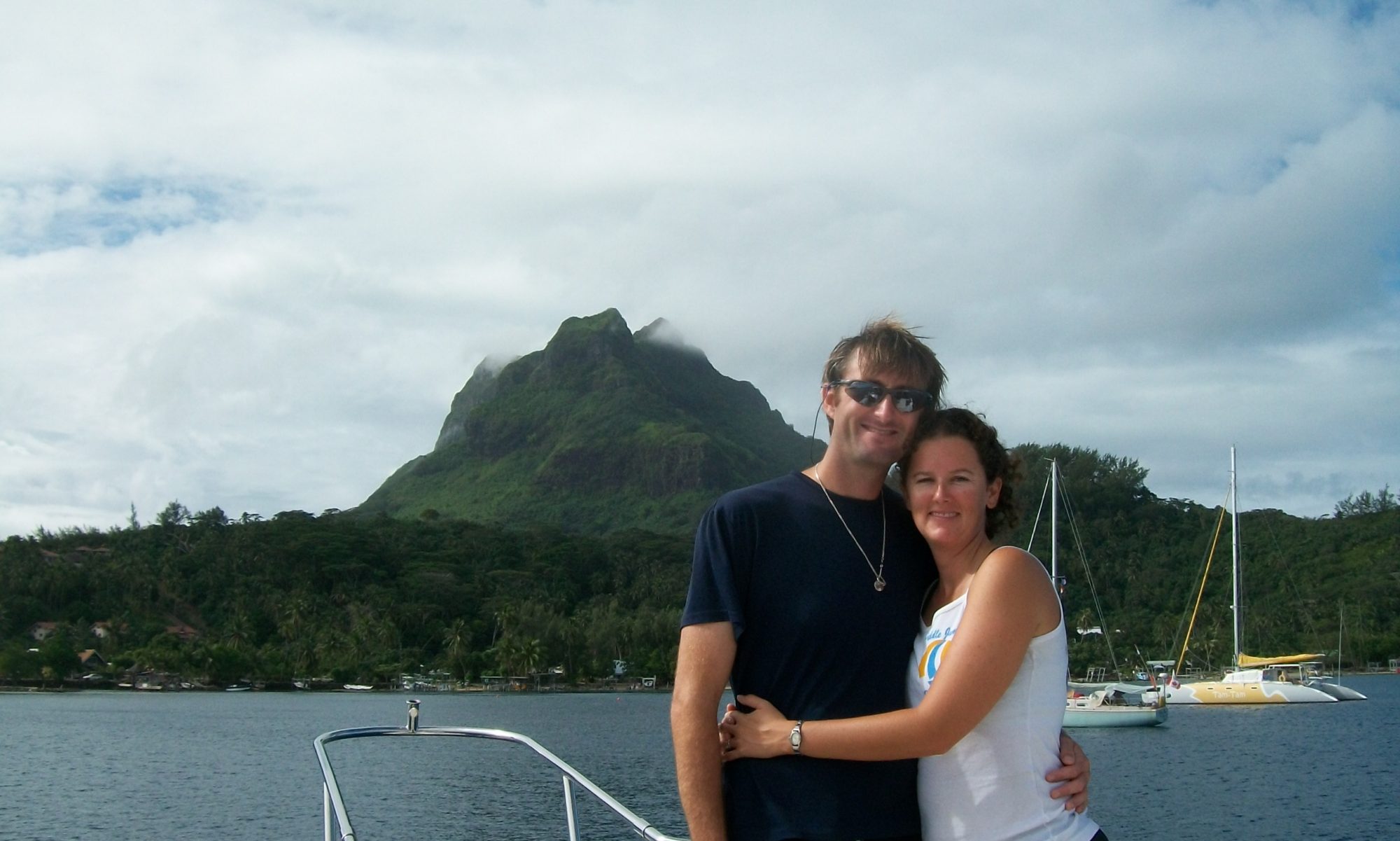South Pass of Fakarava, Tuamotu, French Polynesia
Did you know that when Sharks get into large groups (say like 50 plus) they school, like fish?
So we learned something new today.
More of that in a minute, let’s get down to brass taxes: Brad Kellogg owes us $67.25.
For those of you who are not friends with us on Facebook, you should be. Mainly because that’s where most of the commentary for the blog happens each week. Why is this? Probably because thanks to the miracle of the friend finder, all our old smart aleck friends from our previous lives have connected with us and form some form of hybrid “metamind / advice giving / peanut gallery” thing.
So enters Brad, good friend from high school and expert at egging Greg on. Actually, good at egging anyone on. The guy’s got a gift. If he ends up a senator, I called it.
After my last post about the sharks, Brad comments to Greg: “5 bucks float with the sharks for 5 minutes, and I’ll toss in an extra quarter for each shark ya can count, double dog dare ya!”
Ok, I’m a worshipper of A Christmas story. I’ll even spot you the Triple Dog Dare.
(If you don’t understand the Christmas story reference, you OBVIOUSLY don’t watch TBS on Christmas…and your life is poorer for it 😉
Now, you may be saying to yourself, “Wait Greg, there was a MAX of 7 sharks in that video, assuming every new cut was with new sharks.” So that’s $6.50.
Yes, that. Here’s the rest of the 250 sharks we went swimming with (dive masters best estimate, not mine.) Oh, and the highly lethal stonefish which doesn’t count for an extra quarter but could kill you just as dead.
Now we were in the water for about 45 minutes but since there was no repeating stipulation on the bet, I won’t advocate for the $605.25 I could potentially claim. 😉
The South Pass was not all just highly lethal sea creatures. I mean really, 250 sharks aren’t just going to hang around unless there’s food nearby and wow, was there. A smorgasbord of every color and type of tropical reef fish, coral, you name it. Amazing does not describe what we saw: this video hardly gives you a taste of the varied and beautiful sea life that surrounded us every time we got in the water.
(PS – thanks to Serge & the guys from Fatu Hiva for the awesome music!)
































